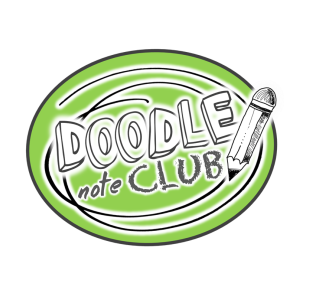9/21/2017
![]()
ICONSET
https://www.iconfinder.com/free_icons
Pros: These icon-style images are so easy to use! Many of them can be re-colored black and white without much work (or already are B&W / grayscale).
Cons: This site is not as searchable as some are. It’s best to grab a bunch that you can just save and keep for when you may need them.
Tip: Check underneath each image set for the terms of use / copyright info.
![]()
OPENCLIPART
Pros: All images on this site are in the public domain, so it’s worry-free to go ahead and use these for anything at all! There is a pretty wide selection here.
Cons: Some can be tricky to convert to blackline images. Scan through for simpler options that do not have too much background.
Tip: Use the search box as much as possible! Try different phrasings to widen your search, or think of another image that will serve the same purpose if you can’t find exactly what you had in mind.

VECTEEZY
Pros: There are both icons and sketched illustrations available.
Cons: Some images include many separate images all placed into one picture file. You may have to crop to get the piece you want.
Tip: Check copyright terms & info in each download.


PIXABAY
Pros: There is a large selection, and all are in the public domain, so you do not have to be concerned with filtering by copyright terms.
Cons: Many images are photos, which can be tricky to use in doodle note pages. Be sure to sort.
Tip: Filter by “illustrations” in the top tabs while searching. You’ll eliminate many of the photos to get only the simpler images that are easier to crop, convert to grayscale, and remove background on.

PIXELSCRAPPER
https://www.pixelscrapper.com/
Pros: There are some unique and different doodle-style images here.
Cons: You’ll have to create a login, and free downloads are limited to 5 per day (usually enough to get those few images you need for one lesson plan per day, but you may want to plan ahead and download a few generic frames and arrows on a day you don’t need anything else — save up!)
Tip: Use the word “doodle” before your search term to get the simple outlines of hand-drawn images. example: search for “doodle arrows,” “doodle leaf,” or “doodle book.”



